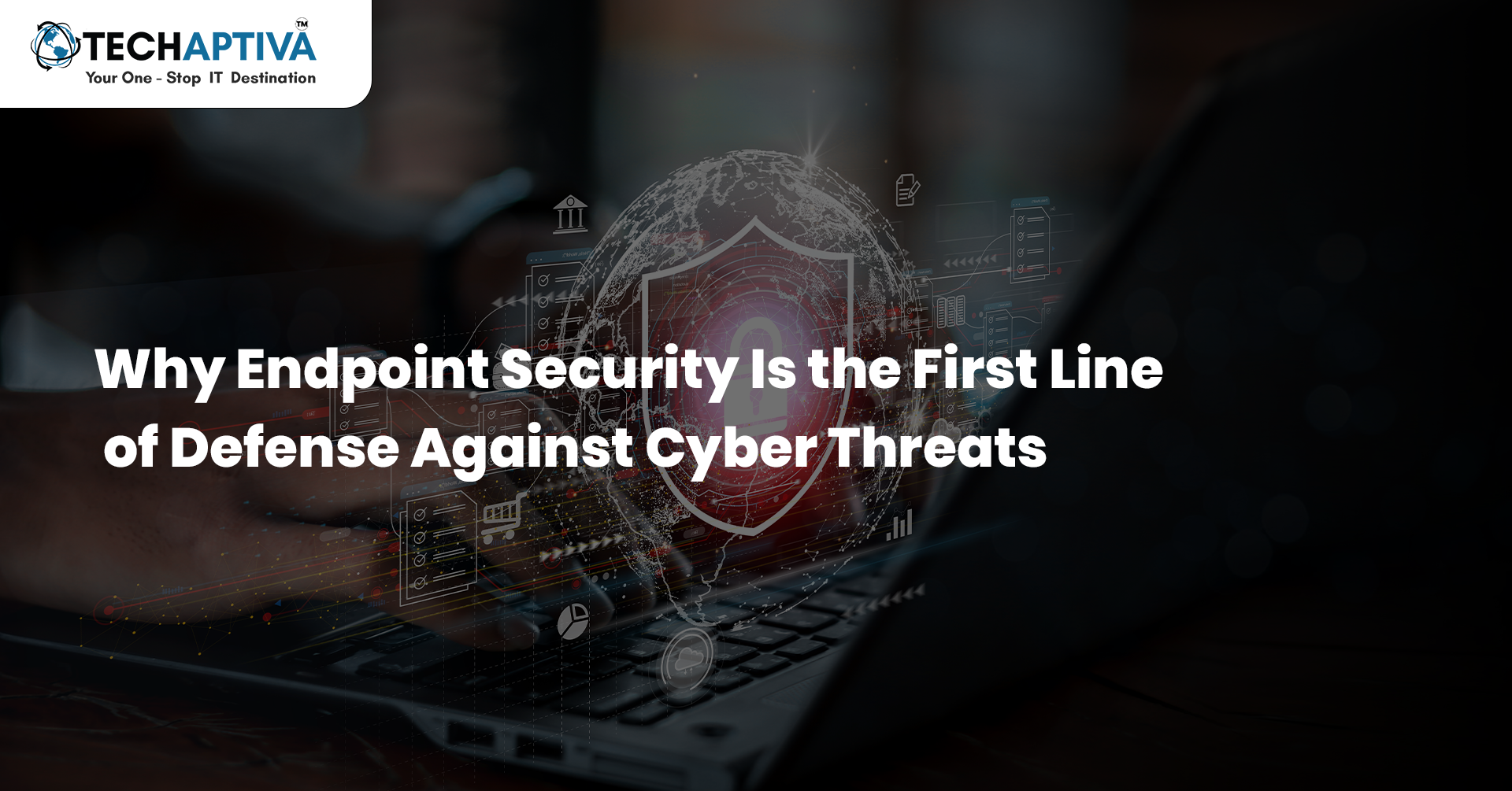Why Endpoint Security Is the First Line of Defense Against Cyber Threats
Expanding Attack Surfaces in the Modern Workplace
As businesses embrace digital transformation, the number of devices connecting to corporate networks has multiplied. Endpoints are no longer limited to desktops in the office—they now include laptops, smartphones, tablets, and IoT devices used from anywhere. This expansion has created a vast attack surface for cybercriminals. A single unsecured device can serve as a doorway for attackers into critical business systems.
Why Endpoints Are Prime Targets for Hackers
Cybercriminals view endpoints as weak links because they are often less protected compared to data centers or cloud servers. Endpoints are used by employees daily, making them vulnerable to human errors such as clicking malicious links, downloading unsafe files, or using weak passwords. Once compromised, an endpoint can act as a launchpad for attackers to infiltrate the entire network.
Beyond Antivirus: The Evolution of Endpoint Security
Traditional antivirus solutions are no longer sufficient against modern cyber threats. Endpoint security has evolved into a comprehensive approach that includes advanced features such as Endpoint Detection and Response (EDR), AI-driven behavioral monitoring, and automated threat containment. These solutions don’t just block known viruses—they detect suspicious activities, isolate compromised devices, and provide real-time visibility into attacks.
The Role of Endpoint Security in Ransomware Prevention
Ransomware often begins on a single device, making endpoint security critical in stopping the spread before it affects an entire organization. By continuously monitoring device activity, endpoint solutions can detect ransomware patterns and neutralize them quickly. This prevents attackers from encrypting large volumes of data and demanding costly payouts.
Supporting Remote and Hybrid Workforces
The shift to remote and hybrid work has blurred the boundaries of corporate networks. Employees now connect from home, co-working spaces, or while traveling. Endpoint security ensures that no matter where a device is located, it adheres to strict security protocols. Features like multi-factor authentication (MFA), VPN integration, and device compliance checks strengthen security for distributed teams.
Compliance and Regulatory Requirements
Industries such as healthcare, banking, and government must comply with strict data protection regulations. Endpoint security is essential for safeguarding sensitive data on employee devices, encrypting communications, and generating audit-ready reports. Without proper endpoint protection, organizations risk non-compliance, financial penalties, and damage to their reputation.
Conclusion: Building Strong Cyber Resilience with Endpoint Security
In today’s evolving cybersecurity landscape, endpoints remain the frontline where most attacks begin. Without strong endpoint security, even the most advanced firewalls, SOC monitoring, or cloud protections can be bypassed. By investing in modern endpoint security solutions that combine prevention, detection, and rapid response, businesses can reduce risks, maintain compliance, and strengthen long-term resilience.


